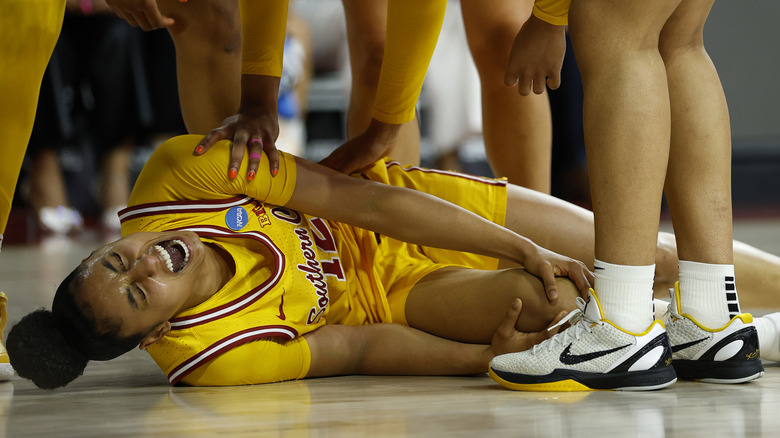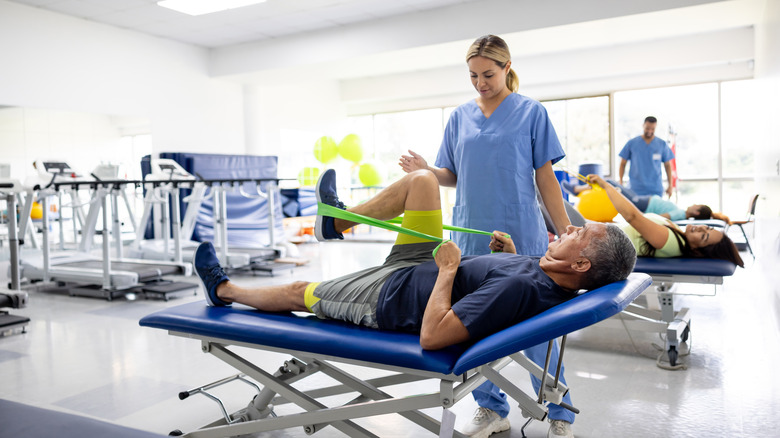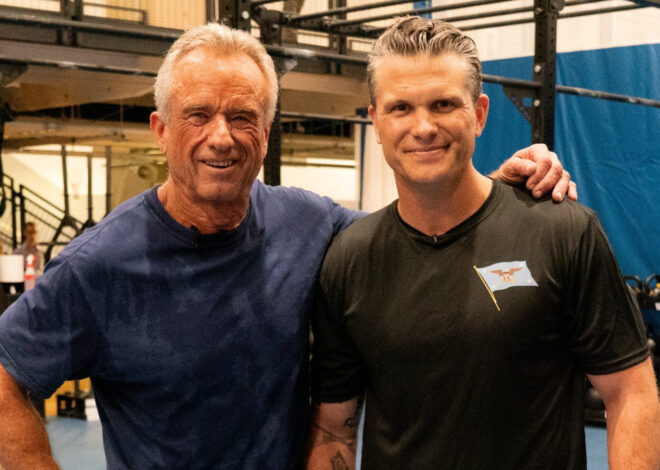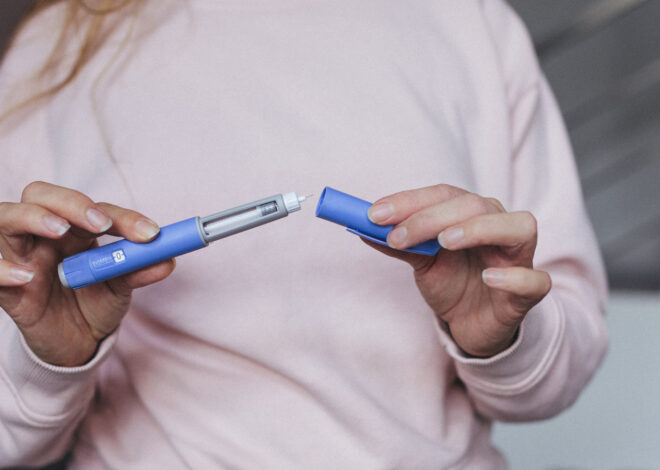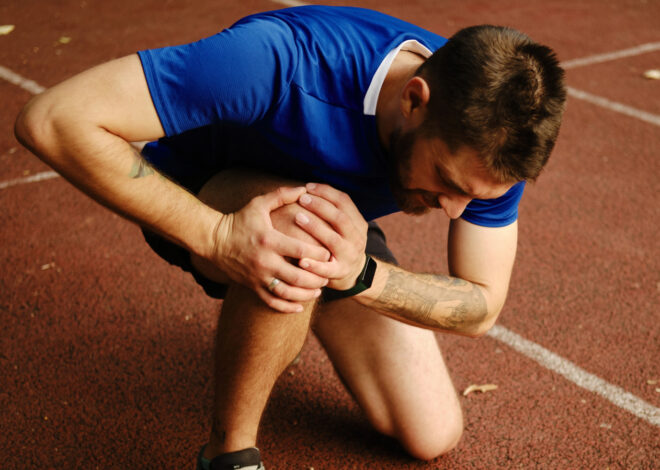
JuJu Watkins’ Leg Injury Report Explained – Health Digest
Fans of USC Women’s Basketball winced as they saw their powerful guard JuJu Watkins fall to the floor, holding onto her right knee. Rather than get up and shake it off, Watkins had to be carried off the court with 35 more minutes left in the game against Mississippi State.
USC Coach Lindsay Gottlieb admitted she was “rattled” seeing her star player crying in pain. “It was emotional,” Gottleib told ESPN. “You had to be there to feel it.”
Watkins would be rushed to a nearby medical center to get an MRI. The verdict was bleak. Watkins suffered from a season-ending injury: a torn ACL. The ACL is the anterior cruciate ligament, one of several ligaments that keep your knee stable when you have quick stopping or changing directions. According to Team ACL, women are eight times more likely to sustain an ACL injury (here are other things you need to know about your knees).
Athletes who play sports like soccer, basketball, or football probably know at least one teammate who has torn an ACL. You may even remember skiing great Lindsey Vonn tearing and later rupturing her ACL during several crashes. An ACL tear is a serious injury, often involving several weeks of rehabilitation if surgery isn’t needed. For athletes like Watkins, an ACL tear will require surgery.
ACL injuries take months of recovery and rehabilitation
People who injure their ACL may hear a pop followed by major swelling and pain. They may not be able to put any weight on the injured knee. While an X-ray will rule out any broken bones, an MRI determines how much damage the ACL has sustained.
(Read about warning signs from your knees you shouldn’t ignore.)
Not all ACL injuries need surgery. Some people may sprain or partially tear their ACL and recover within six to nine months if they don’t have ACL surgery. They must be faithful to their physical therapy at least two times a week to strengthen the muscles that support the movement and stability of the knee. Activities such as running or heavy leg workouts may worsen recovery if they’re not approved by your doctor or physical therapist.
Watkins will have her ACL surgically reconstructed by taking tissue either from her body or a cadaver. Her physical therapy will first involve alleviating the swelling and pain from the surgery. Then Watkins must recover her power, strength, and balance for several more months. One sports medicine physician told Sports Illustrated that it could take as little as nine months but up to 14 months for Watkins to be back to 100%. That may mean missing out on the 2025-2026 season.
